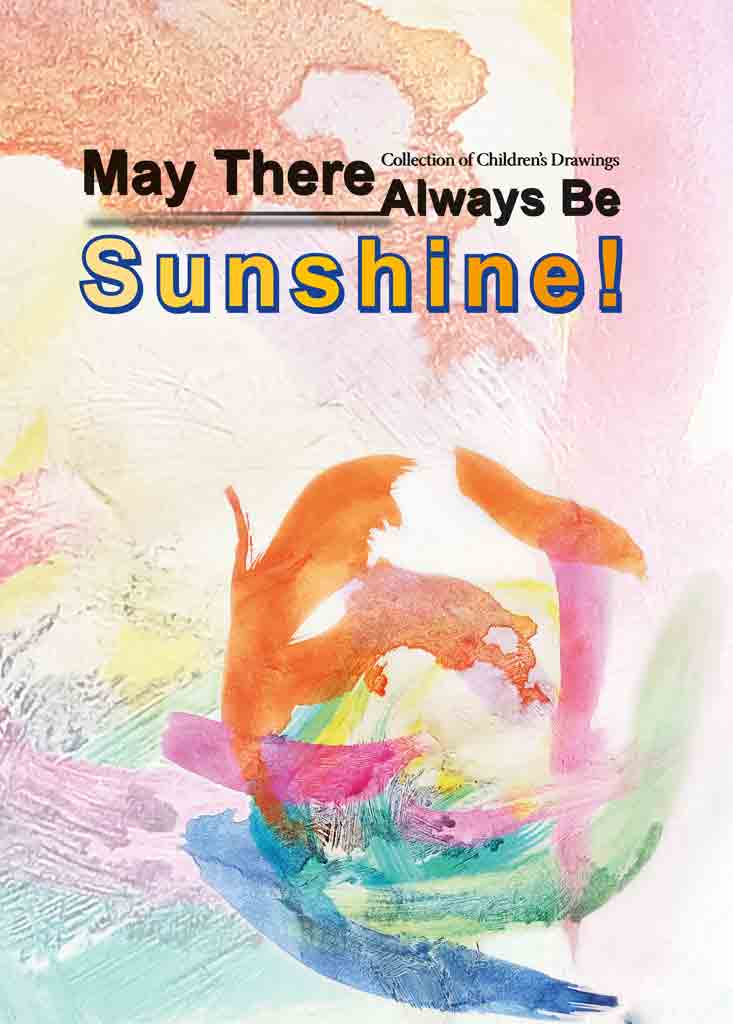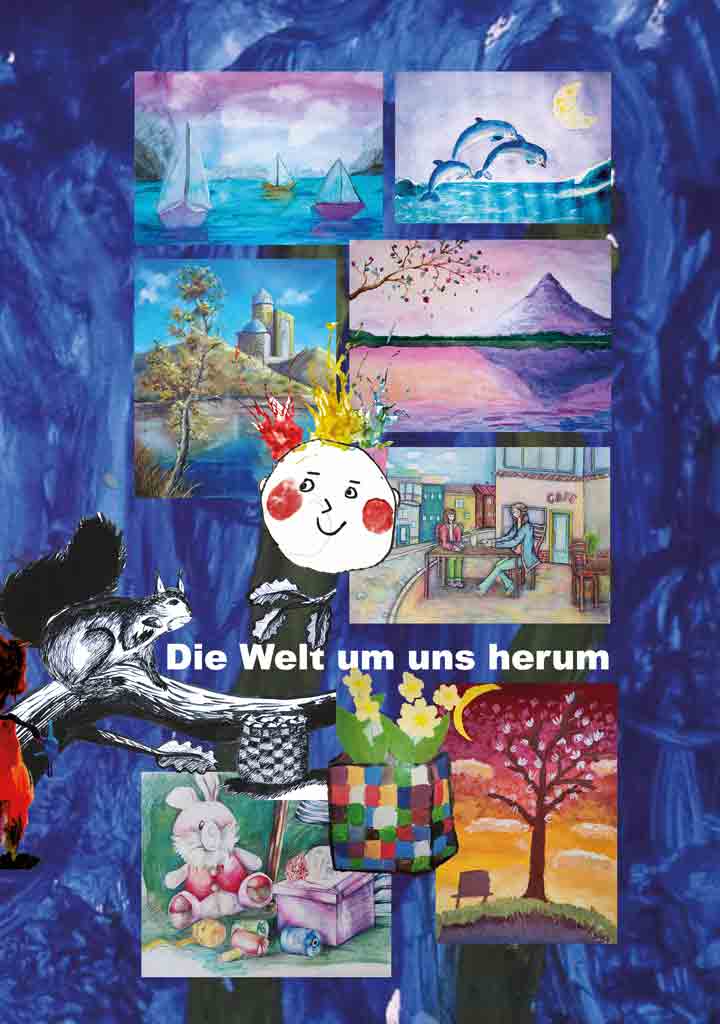About Projekt & Editor’s Foreword

The album and its online presentation “May There Always Be Sunshine!” are named after a popular Soviet children’s song created in 1962. The music was composed by Avraam (Arkady) Ostrovsky (1914–1967), and the lyrics were written by Lev Ivanovich Oshanin (1912–1996). The song was first performed on the Good Morning! radio show in July 1962 by Russian-Jewish singer Maya Vladimirovna Kristalinskaya (1932–1985). Ukrainian pop singer Tamara Grigoryevna Miansarova (1931–2017) performed the song at the 1963 Sopot International Song Festival. It earned her first prize and immediately became popular throughout the USSR and in other countries.

The album contains drawings made by children aged 4–16 from different countries and continues the selection of children’s drawings presented in the first album “The World Around Us” (ISBN 978-3-75685-591-9). The young artists tried in an individual way to portray something interesting or memorable that had impressed them. Their drawings may have been evoked by realistic or fantastical associations.
Sometimes, drawings are a way of self-expression for children, a means of communicating with each other and the world around them. Drawings reflect their understanding of the world: children project their feelings, emotions, needs, desires, conflicts, intentions and expectations. Such drawings are often the result of children’s need to depict what they know and feel rather than what they see.
The creativity of fine arts is highly popular among young children. Four or five-year-olds begin to depict recognizable objects; at the age of nine to ten, their drawings are meaningful stories with playful plots. Children’s creativity reaches its peak of development in adolescence when teenagers fully perceive the world’s artistic heritage and professional art.
Aristotle1 noted the positive influence of drawing, along with “grammar,” gymnastics and music, on the development of a child’s personality2. This idea was confirmed in the works of J. A. Komenský3, J. H. Pestalozzi4 and F. W. A. Froebel5.
Children’s fine arts creativity lays the foundation for their meaningful communication with adults, has a positive effect on their emotionality and distracts them from sadness and fears; it can reduce post-traumatic stress disorder caused by war-related events.
Regardless of the execution technique, skill or age of the young painters, their moods, observational ability, imagination, and undeniable conscientious diligence can be felt in each of the drawings.
Tatiana Friesen
The project team of the Educational and Research Center ETHNOS e.V., along with the German Foundation for Commitment and Volunteering (Deutsche Stiftung für Engagement und Ehrenamt), wish the young artists creative success, inspiration and recognition!
1. Aristotle (384–322 BC) was an Ancient Greek philosopher and polymath.
2. “Further, it is clear that children should be instructed in some useful things — for example, in reading and writing — not only for their usefulness, but also because many other sorts of knowledge are acquired through them. With a like view, they may be taught drawing, not to prevent their making mistakes in their own purchases, or in order that they may not be imposed upon in the buying or selling of articles, but perhaps rather because it makes them judges of the beauty of the human form.” (Aristotle: Politics; translated by Benjamin Jowett; Book Eight, Part III).
3. John Amos Comenius (1592–1670) was a Moravian pedagogue who is considered the father of modern education.
4. Johann Heinrich Pestalozzi (1746–1827) was a Swiss pedagogue and educational reformer.
5. Friedrich Wilhelm August Fröbel, or Froebel (1782–1852), was a German pedagogue; he created the concept of the kindergarten.